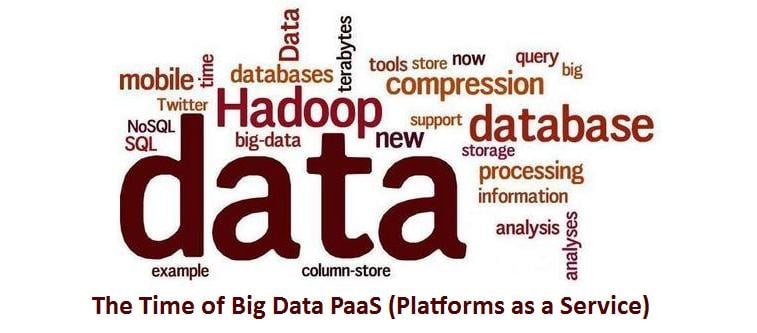The Time of Big Data PaaS (Platforms as a Service)

Cloud-based PaaS has been on the crest of a wave lately and will probably start to see vertical PaaS offers as soon as companies realize the potential impact in accelerating the development of applications. So to continue to expand this idea why not talk about Big Data PaaS?
How many agree that Big Data was originally driven by the need for discovery, rather than a real request of the companies. Ok, there are many practical examples of the use of Hadoop framework in operational applications, but many of these applications were born because of initiatives and to discover hidden underground.
If we are going to support the scientists and their counterparts in the data, it consists of application developers in an even more experimental enterprise environment, data-driven, rather we should put attention to the root of the Hadoop framework. Provide companies a way to build their internal applications using Hadoop building blocks that will require the talent of a well-oiled team. Ideally, the existing staff need to be trained and equipped with simple application development environments that support the use of unstructured data technologies.
With a deployment inside of a Big Data PaaS, the organization has a full stack which is not too dissimilar from Cloud Era, but perhaps with an interesting difference.
Sellers Based On Hadoop
The first could be compared to IaaS providers in the world of Cloud Hosting. The vendors were more focused on infrastructure and less on development of applications. Difference with a PaaS is that, it includes a comprehensive suite of services for the development team and a robust API that can be extended when services are developed and added to the platform. May include a number of other services centered on the application, such as:
- Lifecycle Management – Application
- Level Monitoring / Management – Application
- Metering – Application
- Entitlement Management
- Authentication / Authorization
The ultimate goal? Abstracted infrastructure, and increase time-to-market new business applications.
